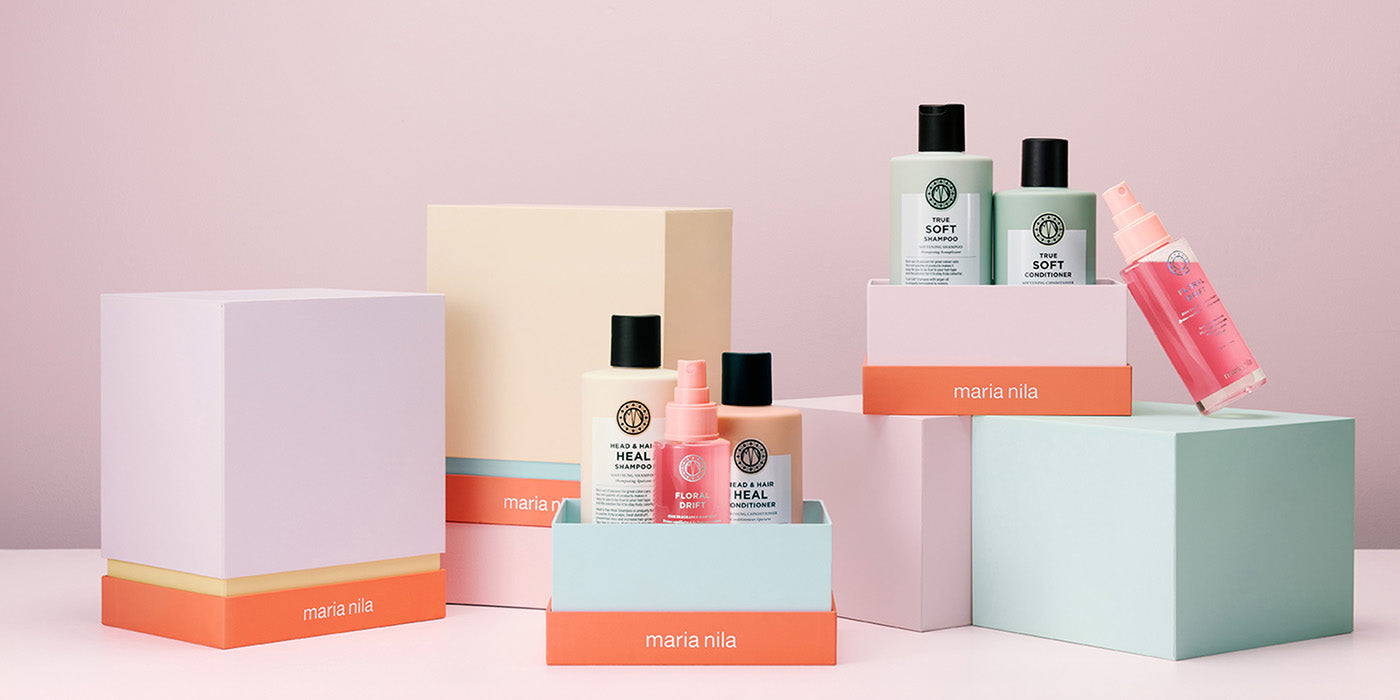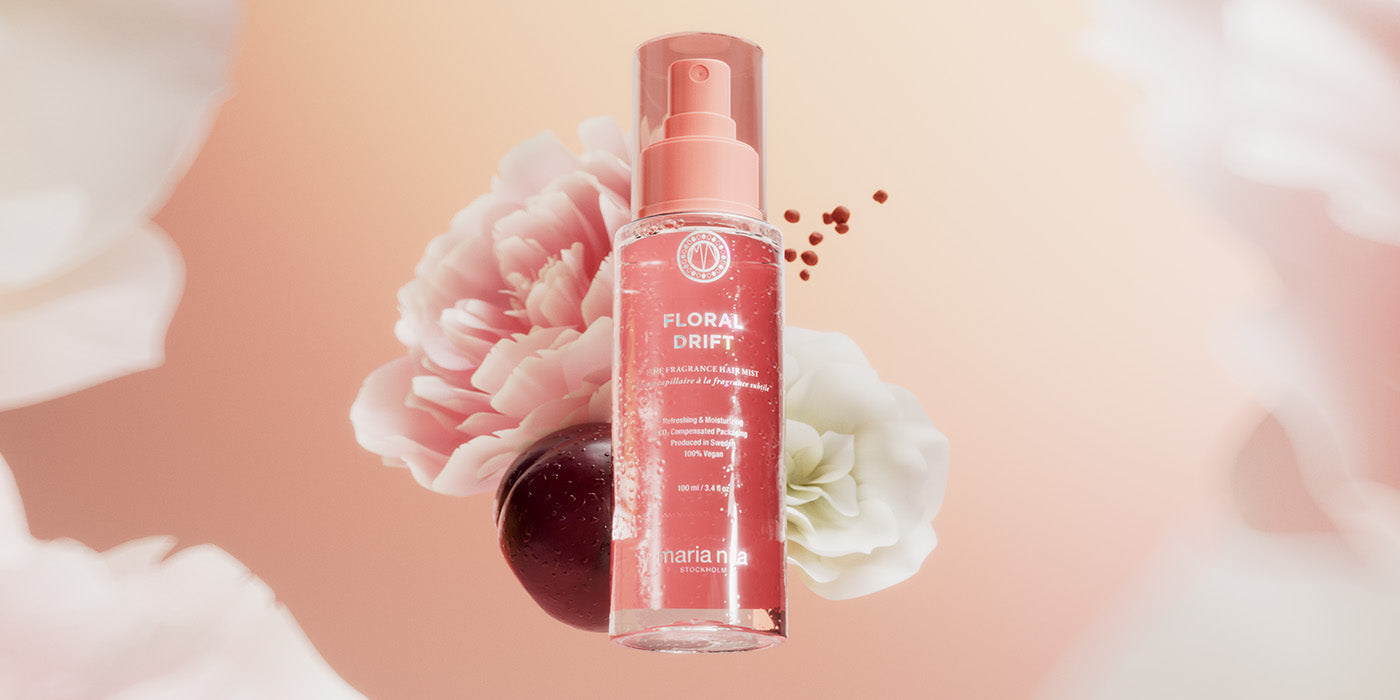

Little Gray & Little White
On August 7, 2020, the world’s first sanctuary for belugas welcomed their first anticipated guests, Little Grey & Little White. After an epic 6.000 mile journey from Shanghai to Iceland, the two whales have been spending time in a quarantine pool before being safely released into the open sea, free from a life in captivity.
Sea Life Trust is a global charity organization fighting to protect the ocean and marine wildlife. Through global initiatives and campaigns, they educate, raise awareness and run marine life sanctuaries. Their important work includes advocating for a plastic-free ocean and to end the overexploitation of marine life. Most recently, they have partnered with the Whale and Dolphin Conservation (WDC) and established the first sea-based sanctuary for beluga whales in Iceland. The mission is to supply captive whales with a safe and more natural home while helping them return safely to a life in the ocean. In August 2020, the first residents Little Grey and Little White moved out to the bay.
Caught from the wild
Born in Russian Arctic waters, it is believed that Little Grey and Little White were only 2-3 years old when they became victims of the shadowy, and often illegal, trade of wildlife animals. After being brought from a Russian research facility to Shanghai in 2011, they were tamed and trained to perform for the entertainment of thousands of visitors at Changfeng Ocean World. The aquarium was later bought by Merlin Entertainments, a company that doesn’t believe whales and dolphins (cetaceans) should be kept for frivolous entertainment, and the plan of releasing Little Grey and Little White began. Now, for the first time in a decade, they have been freed to swim in the sea in an 8-acre open water sanctuary off the south coast of Iceland. Andy Bool is Head of the Sea Life Trust organization and has been involved in the project from start.
Little Grey and Little White were caught from the wild in Russia when they were very young. After being sold from a Russian research facility to Changfeng Ocean World, they were performing in shows on a daily basis, says Andy Bool. Luckily, their lives took a turn for the better when Merlin Entertainments bought the water park in 2012. Merlin doesn't believe that cetaceans should be on display for frivolous entertainment, so they started working with us at Sea Life Trust to find an alter- native for Little Grey and Little White.
Planning the rehoming has not been an easy task. Andy explains that it has taken almost eight years to make it reality.
– The hardest part before the actual move itself was to find the right location for a sea based sanctuary. Beluga whales spend their time in cold northern waters, so we had to find somewhere that would match their experience in the wild. We looked at several different locations, from Russia to Canada and even Scotland. After four years of searching, someone suggested the Icelandic bay that is now their home, and it’s ideal. The bay is a safe space surrounded by cliffs and has similar conditions to those they would naturally live in, says Andy.
The community welcomed the idea of building the world’s first beluga whale sanctuary, which included a landside facility five minutes from the bay. Being close to the whales makes it easier for the team at Sea Life Trust to keep the whales safe and healthy. Although lucky to have finally found a location, the team faced a new chal- lenge. How do you move two whales weighing almost a ton each without compromising on their welfare?
– Preparing them for their 6.000 miles journey from Shanghai to Iceland took a lot of planning. The first part was planning for a journey that would be as quick and comfortable as possible. The second was training them for both the transportation and for where they were going, says Andy.
The Historical Journey
Before embarking on their epic journey, Little Grey and Little White underwent a special training program that would get them ready. As they were going to spend more time underwater at the sanctuary, they practiced holding their breath for longer than usual. In the wild, belugas can hold their breath for 20 minutes, but when you live in a pool, that’s not necessary. The whales were also getting used to colder water and reintroduced to objects that they might encounter in their new natural home. The training went on for a couple of years.
– The water in Shanghai was at 15 degrees, in Iceland it’s around 6-13 depending on the season, so one part of the training was letting them cope with colder water, says Andy. We also encouraged them to build up their stamina. They have lived in a small pool for all their lives so an important part of building up their strength and resil- ience was to have them swim around the pool for as long and as fast as they could.
The complex logistics planned for this historical jour- ney was done by a carefully selected team of experts and veterinarians to ensure the wellbeing of the whales. The 13-year-old whales weigh nearly a ton each, are four me- ters long and consume 110 pounds of fish per day. To transport them, the team had to design special equipment and tools to make the belugas as comfortable as possi- ble. The journey took 30 hours to complete and began in Shanghai on June 19, 2019. On the first stage of the operation, Little Grey and Little White were lifted onto specially designed stretchers that had been measured to their physical requirements. After being carefully placed in their tailormade transportation tank, a crane lifted them out of the pool and onto two lorries that transported them to the airport. At the runway, a specially designed airplane donated by Cargolux Airlines waited for them, ready to hit the sky and fly across the globe to Iceland. Throughout the flight, the whales were constantly mon- itored by veterinarians before landing safely at Keflavik Airport. There, they were driven to catch a ferry to Hei- maey Island and their new home.
It’s quite a complex journey. We were supposed to begin in April last year, but the weather was really bad in Iceland, so the ferry journey couldn’t have happened. We even spoke to the U.S. air force to have a Hercules plane fly them from Keflavik, but that was not possible, says Andy. The agreement with the Icelandic authorities was that they would spend some time in a quarantine pool, and it also took some time for the whales to recover from the journey. Altogether, the project took longer than ini- tially planned.
A Great Responsibility
When the first stage of their journey was completed, Andy describes a feeling of elation.
– Seeing that plane land on Iceland was a fantastic feeling, but it was also a feeling of immense responsibility. Little Grey and Little White are teenagers that are expected to live until they’re 40 or 50 years old, so we are committed to caring for them for the next 30 or 40 years. I really sensed that feeling of responsibility when I saw them swimming around in the pool on the night they arrived. I remember watching them as they swam by, and it was an emotional feeling when they looked at me as if to say ‘we’re your responsibility now’, says Andy. When they look at you, they really look at you. There is something behind their eyes, you can tell there’s an intelligence there.
The years in captivity have made the whales incapable of surviving in the wild, but their stay at Sea Life Trust sanctuary will gradually help them to adapt and learn how to live on their own. Andy is excited for what the fu- ture will bring, both for the whales and for the sanctuary.
– All those years in captivity have made them unable to survive in the wild. Our job is to help them adapt and learn to live in their new natural environment, says Andy. We don’t think that they will ever be able to be released into the wild, but never say never. No one has ever done this before, so you never know how they will grow and adapt to the natural environment they are in. We just have to take everything step by step and ensure their welfare, but it would be great to see.
The Goal is High
The open bay sanctuary is a global marine welfare project that aims to become a blueprint to establish many more sanctuaries for cetaceans around the globe, and Sea Life Trust’s goal is high. Ultimately, the organization hopes that 3.000 cetaceans currently living in captivity will have the opportunity to be rehomed to seawater sanctu- aries. However, to achieve that goal, they need support.
– Two beluga whales are not a pod. We have the ability to keep ten whales in the sanctuary, and that would be better for their mental wellbeing. Seeing Little Grey and Little White swimming together for the first time in the bay, with the cliffs in the background and their backs coming up from the water was a powerful feeling. I really hope that more captive whales can experience that, says Andy. Covid-19 has affected us in many ways, especially on a financial level. The domestic tourists have been very supportive, but the lack of visitors have had a huge impact on our income. Partnerships like this one with Maria Nila is a lifesaver.
Andy hopes that a research study tracking improvements in Little Grey and Little White’s welfare will persuade places that have beluga whales that there is an alternative way of caring for these animals and that in turn leads to more belugas having the chance to join Little White and Little Grey.
To support us, the easiest way is to donate. However, not everyone has that opportunity. Another way to help us and the wellbeing of whales around the world is to make better choices. That includes getting educated on the issue and thinking twice about visiting facilities that are home to whales and dolphins. Many companies are not selling trips to facilities that keep cetaceans anymore, but they are supporting sanctuaries instead, says Andy. Hopefully, our sanctuary will be the first of many that will contribute to a better tomorrow.












































